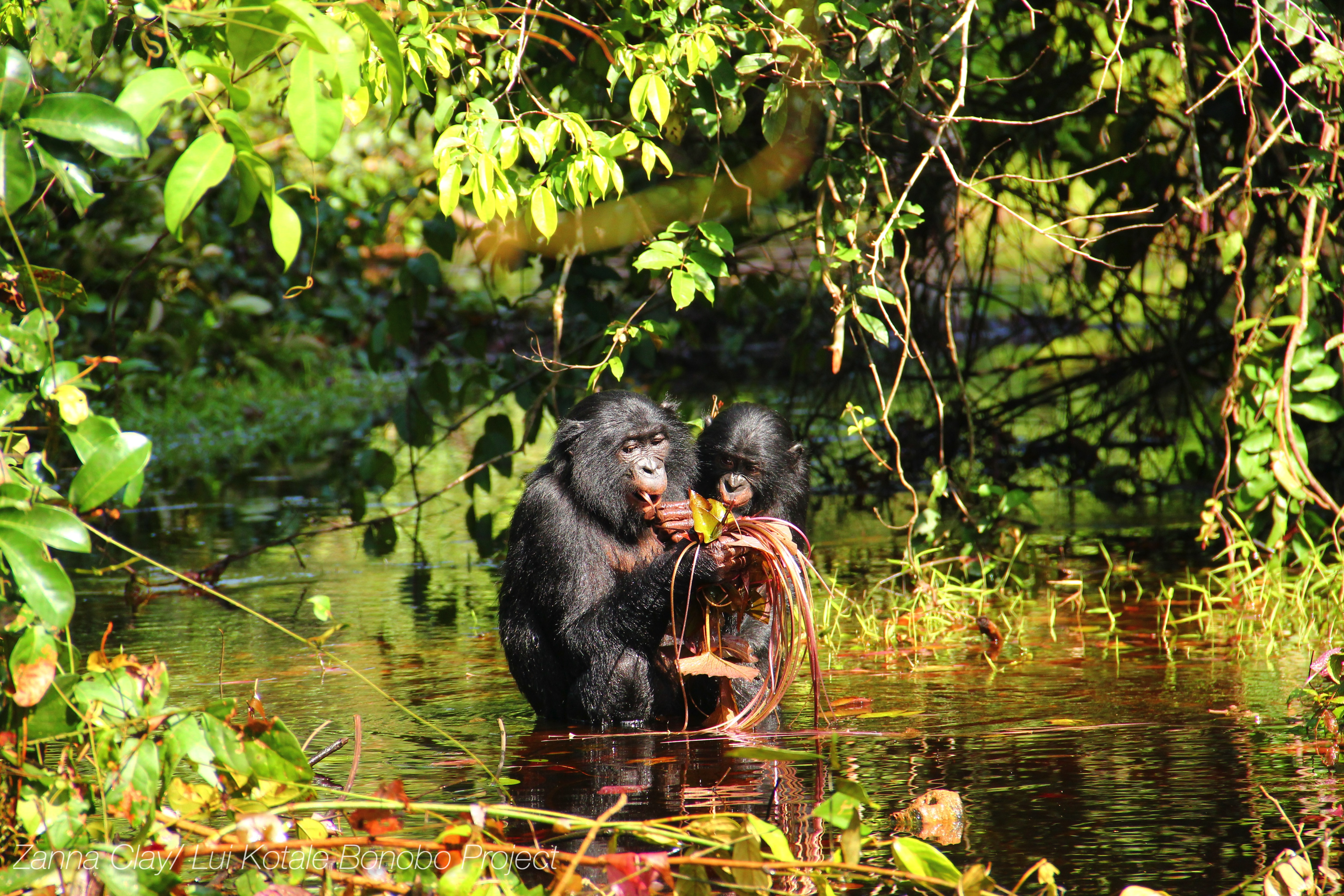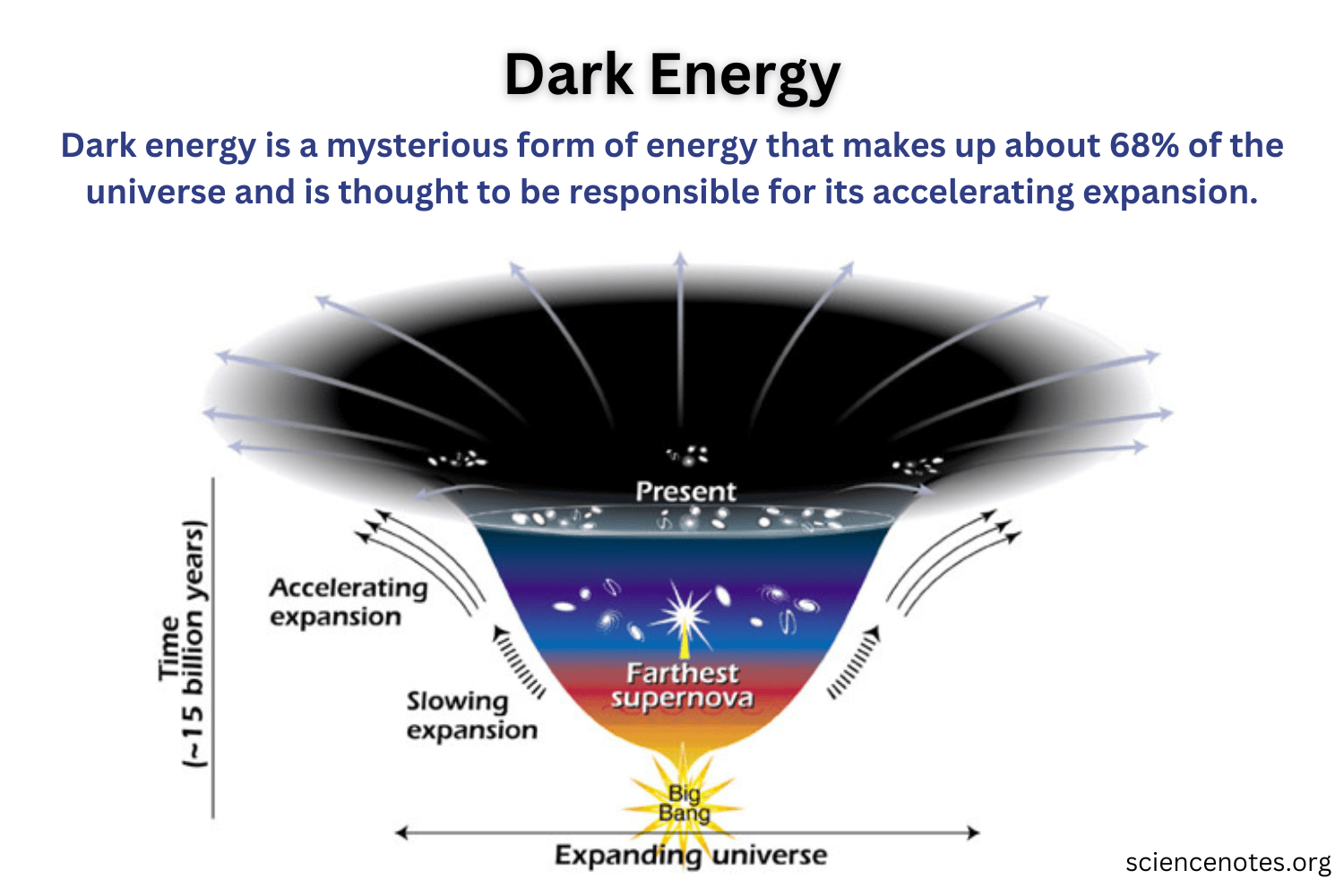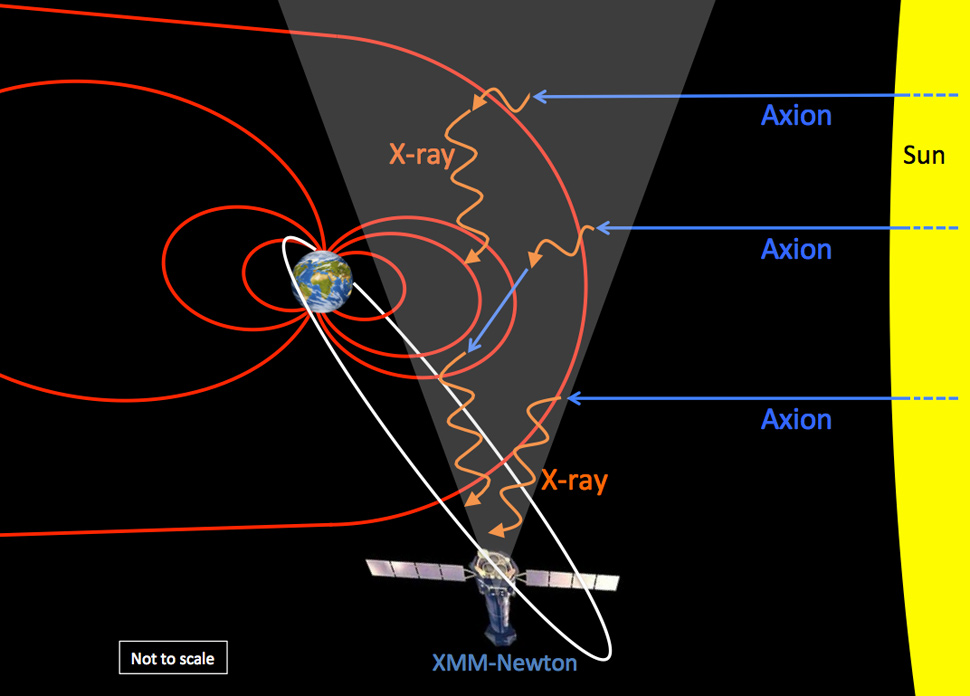
Bonobo Communication: Insights Into Animal Language Evolution
Bonobo communication offers a fascinating glimpse into the social dynamics of our closest living relatives. Research indicates that these intelligent primates are capable of vocalizations resembling word compounds and phrases, shedding light on the evolution of animal communication. Through their distinct calls, bonobos express complex emotions and social situations, making significant contributions to the animal communication study. As they navigate their intricate social lives, these behaviors highlight the parallels between bonobo social behaviors and human linguistic development. By exploring the nuances of bonobos’ vocalization, we can enhance our understanding of language evolution and the fundamental connections in human-animal communication.
The intricacies of how bonobos convey messages provide deep insights into the realm of interspecies expression. These remarkable apes utilize a variety of sounds to articulate their thoughts and emotions, indicating a sophisticated level of social interaction. Such vocal exchanges serve as a compelling window into the broader study of animal communication strategies. This exploration of bonobo interaction not only enhances our comprehension of these creatures but also elucidates patterns that may parallel early human language capabilities. Recognizing the complexity within bonobos’ vocal systems underscores the evolutionary links between our species and highlights the rich tapestry of communication in the animal kingdom.
The Foundation of Bonobo Communication
Bonobos, our closest living relatives alongside chimpanzees, possess a remarkable communication system that showcases their ability to convey complex social information. Recent studies indicate that bonobos can use vocalizations much like human language, employing what researchers refer to as word compounds and phrases. This intricate vocal behavior not only enables them to express emotions and commands but also to navigate their social landscape efficiently. Understanding bonobo communication is crucial as it provides insights into the evolutionary roots of human language. By decoding their vocal patterns, researchers are shedding light on the cognitive abilities that underlie such communication systems, indicating that the groundwork for language may have begun well before the emergence of modern humans.
In the Kokolopori reserve, researchers observed that bonobos often vocalize to coordinate movements and signal emotions such as fear or excitement. These vocalizations can range from subtle peeps to distinctive whistles, each serving a specific purpose in their social interactions. This corresponds with the concept of compositionality in language, where simple units of communication combine to convey more nuanced meanings. By studying the rich tapestry of bonobo vocalization, scientists are unraveling the complexity of animal communication, emphasizing the significance of these vocal exchanges in reinforcing social bonds and organizing group activities.
Insights from Animal Communication Studies
The study of bonobo communication opens a fascinating window into the broader field of animal communication. Researchers have established that vocal complexity often correlates with social complexity among species; thus, bonobos serve as a prime example. Their coordinated group dynamics and the ability to express various emotions through structured vocalizations suggest an advanced level of social awareness. This aligns with findings in other animal species, where intricate social structures necessitate sophisticated communication methods. By examining the vocal repertoire of bonobos, scientists can better understand the evolutionary implications of language and communication beyond human confines.
Moreover, this research contributes significantly to the field of animal psychology and behavioral studies by offering a model for how social structures influence communication patterns. Bonobos use their vocal skills to maintain relationships, resolve conflicts, and promote cooperation within their communities. As they exhibit similar traits to chimpanzees, studying these primates allows for comparative analyses that enhance our understanding of the evolution of communication systems. The methodologies employed in studying bonobos can potentially apply to various species, providing tools for quantifying and analyzing communication across the animal kingdom.
Bonobo Vocalization: Paving the Way for Understanding Language Evolution
Understanding bonobo vocalization not only enriches our knowledge of animal behavior but also serves as a cornerstone for exploring the evolution of human language. The recent compilation of a dictionary of bonobo calls highlights how these animals construct meanings through vocal combinations, reminiscent of the combinatorial aspects of human language. This finding implies that the cognitive underpinnings of language may not be exclusive to humans but could be shared with other intelligent species like bonobos. The parallels drawn between human and bonobo communication provide a unique perspective on how language evolved and diversified.
The implications of this research extend to the study of language evolution, suggesting that the roots of language complexity are deeply embedded in our evolutionary history. Bonobos display a level of vocal organization that may mirror early human communication, indicating that both species could have inherited these traits from a common ancestor. This insight not only enhances our understanding of bonobo social behaviors but also invites a re-evaluation of the developmental pathways that led to modern linguistic capabilities among humans. As we learn more about bonobos, we may uncover essential elements of our own language systems that have persisted through millennia.
Understanding Human-Animal Communication Through Bonobo Studies
Research into bonobo communication has profound implications for the broader field of human-animal communication. By analyzing how bonobos express themselves through vocalizations, we gain insights into the nuances that characterize interspecies communication. The complexities of their vocal repertoire offer essential lessons about the fundamentals of conveying emotions and intentions. This highlights how animals, like bonobos, possess the capacity for advanced communication that can be understood within the context of their social environments. Such findings challenge traditional perceptions of language and suggest that the ability to communicate is not an exclusive trait of humans.
Furthermore, exploring bonobo communication enriches our understanding of how humans interact with animals. It encourages a deeper appreciation of the emotional and cognitive landscapes of non-human species. As the evolutionary connections between humans and bonobos unfold, it fosters a sense of empathy and awareness of ethical considerations regarding the treatment of these intelligent beings. By bridging the gap between species, bonobo communication studies illuminate the paths toward greater understanding and cooperation, underscoring the importance of respect and care in human-animal relationships.
The Role of Compositionality in Bonobo Communication
Compositionality is a crucial aspect of bonobo vocalization that underscores the complexity of their communication system. By employing a range of vocal sounds, bonobos can create unique expressions that convey specific messages in various social contexts. Their capacity to combine different vocal calls into more elaborate sequences echoes the way humans construct thoughts and ideas through language. This flexibility in communication suggests that bonobos engage in a form of social discourse that transcends simple signaling, allowing them to navigate and express intricate social dynamics.
As researchers delve deeper into the compositionality of bonobo vocalizations, they illuminate how these constructs develop over time within their social groups. Such understanding not only enriches the study of bonobo behavior but also contributes to broader theories on language evolution and animal communication. By examining these patterns of composition, scientists can gain insights into how early humans may have started to structure their communication similarly, suggesting that the foundations of language might have been laid down long before the emergence of Homo sapiens.
Exploring Bonobo Social Behaviors Through Vocal Communication
Bonobo social behaviors are intricately linked to their vocal communication, as both serve to strengthen social bonds among individuals. Within their complex social groups, vocalizations such as peeps and whistles play essential roles in coordinating group movement and expressing emotional states. This vocal communication is vital during periods when group members may be separated or under threat, helping to maintain cohesion and prevent conflict. Understanding the nuances of these social vocalizations aids researchers in deciphering the social structures and relationships that characterize bonobo communities.
Moreover, the study of vocal communication sheds light on the adaptive significance of these behaviors within bonobo social systems. Vocal exchanges are not merely functional; they foster emotional connections and reinforce alliances among group members. By drawing parallels between bonobo vocal communication and human social interaction, researchers can explore the evolutionary advantages of such behaviors. This research enhances our understanding of social learning and cooperative behaviors in primates, illustrating how vocal communication serves as a crucial tool in maintaining complex social networks.
Bonobo Communication and Its Implications for Understanding Language
The study of bonobo communication has far-reaching implications for how we understand the evolution of language. Evidence suggests that bonobos employ compositional structures in their vocalizations, blurring the lines between human language and animal communication. This challenges the long-held belief that complex language is a uniquely human trait and suggests that such capabilities may have originated in our primate relatives. By examining the ways bonobos communicate, we can begin to unravel the cognitive processes that underpin language development and evolution.
As researchers continue to explore bonobo vocalizations, they may uncover essential insights into the fundamental characteristics of early human language as well. The parallels in structure and function between bonobo calls and human speech provide a fascinating avenue for research into the origins of communication. This understanding may not only enhance our knowledge of our own linguistic capabilities but also illuminate the cognitive frameworks shared among different species, underscoring the importance of communication in social evolution.
Comparative Insights: Bonobos and Other Primate Communication
The study of bonobo communication adds a comparative dimension to our understanding of primate vocalization strategies. While bonobos exhibit complex vocal behaviors, similar patterns have been observed in other primates, particularly chimpanzees. This research fosters a broader understanding of how social structures influence communication strategies across species. By highlighting the similarities and differences in vocalization among primates, scholars can better comprehend the evolutionary pathways that have shaped animal communication.
Moreover, this comparative approach enhances our understanding of how vocalization functions in relation to social complexity. Bonobos and chimpanzees, both characterized by intricate social systems, demonstrate levels of combinatorial communication that may not be present in species with simpler social dynamics. This suggests a correlation between social structures and the development of communication systems, illuminating how social relationships drive the evolution of vocal behaviors. As research progresses, such insights could advance our understanding of the cognitive capabilities that underpin language evolution.
The Future of Bonobo Communication Research and its Impact
Looking ahead, the research into bonobo communication offers an exciting frontier for understanding animal cognition and the evolution of language. As methodologies improve and our comprehension of bonobo social behaviors deepens, scientists can refine their models of communication. This ongoing research will pave the way for new findings that can further illuminate the complexities of animal language systems and their relevance to human communication. By exploring the linguistic capabilities of bonobos, we can glean valuable insights into the nature of social bonding and the evolution of cooperation in our own species.
The implications of understanding bonobo communication will likely extend beyond academia, influencing conservation efforts and the way humans perceive and interact with intelligent non-human species. By recognizing the sophisticated nature of bonobo communication, conservationists can advocate for preserving these primate populations in their natural habitats. This awareness fosters a deeper appreciation for animal intelligence and may inspire greater advocacy for ethical considerations in wildlife management practices. The future of bonobo communication research is not only vital for our understanding of linguistic development but also for our relationship with the natural world.
Frequently Asked Questions
What role does bonobo communication play in understanding language evolution?
Bonobo communication provides critical insights into language evolution, as research indicates that bonobos use vocalizations similarly to humans. Their ability to create word compounds and phrases suggests that complex communication systems may have originated long before human language, illuminating the evolutionary pathways of vocalization and language development.
How do bonobos vocalization patterns contribute to animal communication studies?
Bonobos vocalization patterns significantly enhance animal communication studies by demonstrating compositionality. This means that bonobos combine sounds to convey complex meanings, similar to human language. The creation of a ‘dictionary’ of these vocalizations offers a structured approach to understanding how animals communicate and maintain social bonds.
What are some examples of bonobo social behaviors linked to their communication methods?
Bonobo social behaviors, such as coordinating group movements or signaling emotions, are intricately linked to their communication methods. For instance, a bonobo might whistle to communicate over distances or emit a peep to indicate a tense social situation, showcasing how their vocalizations help navigate social dynamics and relationships.
How do researchers study bonobo vocalizations in the context of human-animal communication?
Researchers study bonobo vocalizations by observing their natural behaviors in the wild and meticulously documenting the contextual factors surrounding each vocalization. By analyzing these sounds in relation to specific actions or events, they elucidate the meanings behind bonobo communication, thereby enhancing the understanding of human-animal communication parallels.
What does the recent study suggest about the complexity of bonobos’ communication systems?
The recent study suggests that bonobos exhibit a complex communication system characterized by the ability to create new vocal expressions and combinations. This complexity mirrors human linguistic structures and indicates that both species developed advanced communication techniques to sustain social relationships, supporting the idea of a shared evolutionary origin of language.
Can bonobos communicate in ways similar to humans?
Yes, bonobos can communicate in ways similar to humans. Their vocalizations demonstrate traits such as compositionality, where sounds are combined to form intricate meanings. This similarity highlights the evolutionary connection between human language and bonobo communication, suggesting that both have roots in complex social interactions.
| Key Points |
|---|
| Bonobos vocalize similarly to human communication, using complex sounds to convey social dynamics. |
| A study revealed that bonobos utilize word compounds and phrases, indicating advanced social communication. |
| Research shows that vocal complexity correlates with social complexity in both bonobos and humans. |
| The study involved eight months of observing vocalizations in bonobos at the Kokolopori reserve. |
| A dictionary of vocalizations was developed, shedding light on the meanings of different bonobo calls. |
| Findings suggest that the roots of language may predate humanity, tracing back to a common ancestor. |
Summary
Bonobo communication is a fascinating topic that reveals the complex linguistic abilities of these primates. Through the use of vocalizations that resemble human language in structure and function, bonobos demonstrate an advanced level of social interaction that challenges our understanding of animal communication. As researchers reveal the intricacies of bonobo vocalizations, it becomes clear that the foundations of language may not solely belong to humans, but rather are shared with our closest relatives, indicating a long evolutionary history of communicative complexity.



